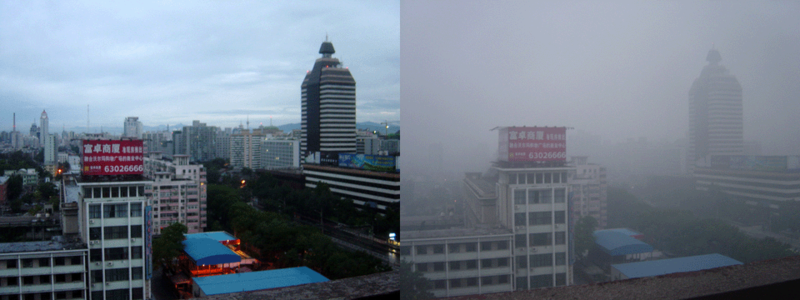Chemical Weather

Strategic Direction: Chemical Weather
1. In order to enable the next generation of air quality management and prediction systems, develop the scientific knowledge needed to extend the time period of successful regional air quality forecasts to 7 days.
2. In order to facilitate seasonal air quality management and risk assessment, establish new multi-month predictive skills for the frequency of severe regional air pollution episodes.
3. In order to develop effective air pollution mitigation strategies, attribute the sources of pollutants responsible for adverse effects on human health and ecosystems.
Focus 1 on Chemical Weather: Reactive Carbon Chemistry from biogenic, pyrogenic and anthropogenic species under different NOx environments.
Weather Projects
- ARIM: Atmospheric Radiation Investigations and Measurements.
- Community in Situ Measurements.
- Laboratory Kinetics.
- MAP-AQ: Monitoring, Analysis, and Prediction of Air Quality.
- MOPITT: Global carbon monoxide measurements from space since 2000.
- TOGA: The TOGA instrument measures trace organic gases from research aircraft during field campaigns.
- TUV: Tropospheric Ultraviolet and Visible Radiation Model.